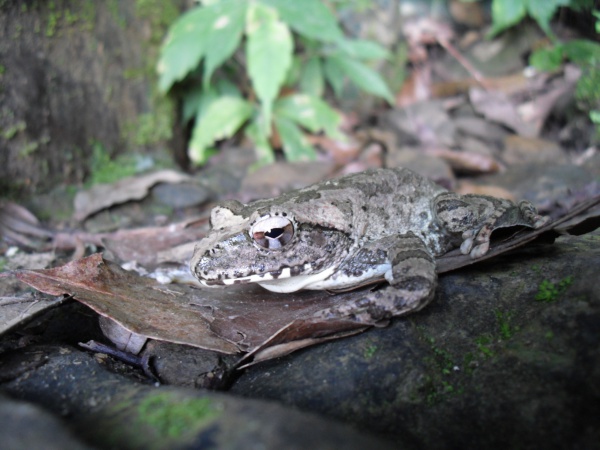Facts About Robust Buerger's Frog
Buergeria robusta, commonly known as the brown tree frog, is a captivating species from the Rhacophoridae family. Native to Taiwan, these amphibians thrive at low to medium altitudes near creeks and streams. They cohabit with Buergeria japonica but are distinguishable by their larger size.
Male Buergeria robusta typically range from 4 to 5 centimeters in length, whereas females are significantly larger, measuring between 7 and 8 centimeters. They possess smooth skin and exhibit a variety of colors, including brown, gray, greenish, and yellow, enabling them to blend seamlessly into their surroundings.
One of the unique characteristics of Buergeria robusta is that their genetic variation mirrors the topography of Taiwan. There is a marked genetic differentiation between the populations on the eastern and western sides of the Central Mountain Range.
These frogs face threats such as habitat loss and predation. Their breeding season extends from February to September. During this period, males can be heard calling from rocks. In contrast to some other frog species, Buergeria robusta lays its eggs directly in the water without the formation of a foam nest.
